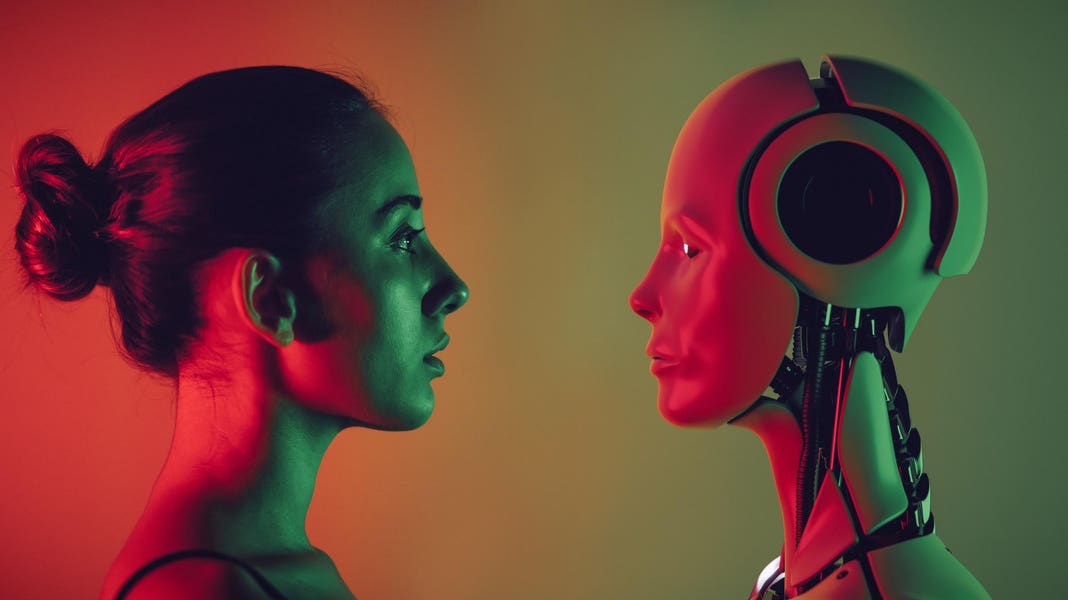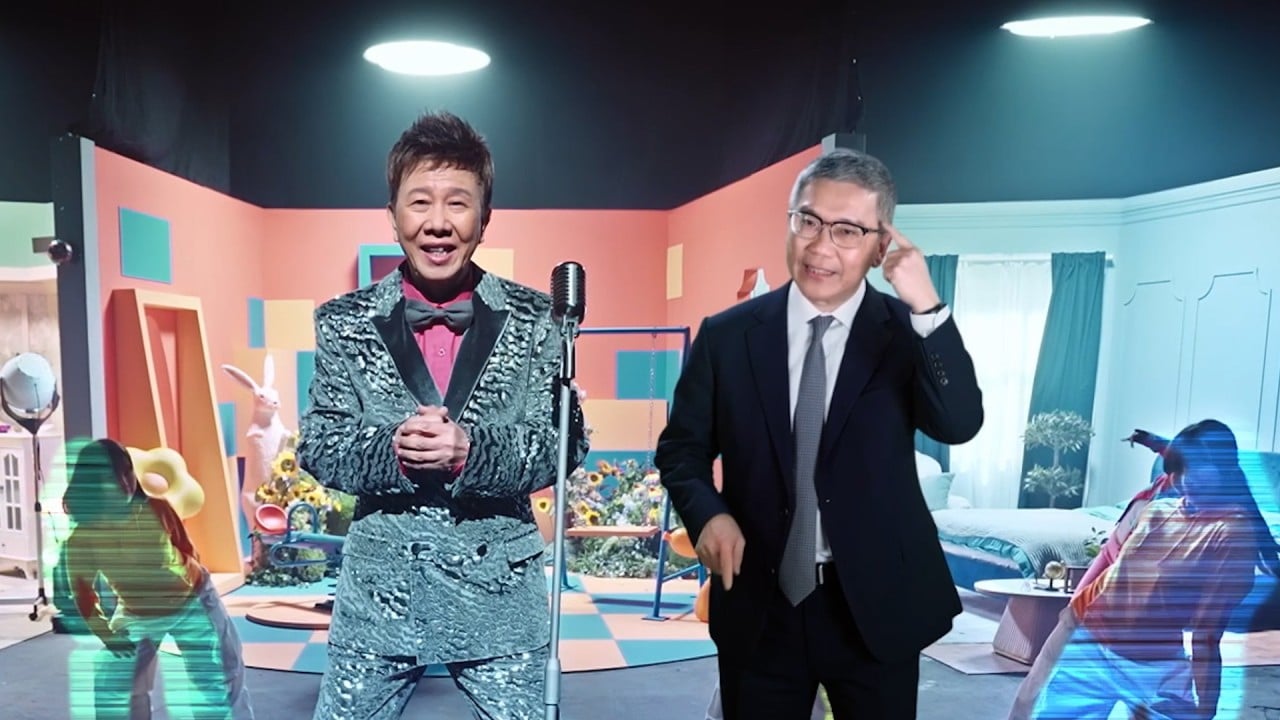Artificial Intelligence, commonly referred to as AI, functions as a highly specialized tool within corporate environments, proficient in tasks like data analysis, pattern prediction, and process automation. This technology, which has been in existence for some time, was notably utilized by Netflix approximately a decade ago to recommend personalized content to viewers through AI algorithms.
In contrast, Generative Artificial Intelligence, known as GenAI, represents a newer subset of AI that focuses on creating novel content such as images or designs by leveraging its programming to envision and produce previously non-existent entities. While AI operates akin to a skilled laborer, GenAI embodies the essence of an inventive artist or innovator.
The evolving landscape demands that HR leaders expand their scope beyond traditional people-centric roles and embrace emerging technologies like AI to enhance team efficiency and establish policies for safe integration.
Distinguishing Artificial Intelligence (AI) from Generative AI (GenAI)
To elucidate the disparity between these concepts, let’s delve deeper.
AI, exemplified by Netflix’s recommendation system, employs sophisticated algorithms and machine learning methodologies to scrutinize user preferences, viewing history, and behaviors. By analyzing these data points, AI can anticipate and propose content tailored to individual tastes, continually refining its suggestions based on user interactions. This application of AI showcases how technology can elevate user experience by offering personalized recommendations. In the realm of HR, AI is instrumental in processes like applicant tracking systems (ATS) that utilize machine learning to screen and match resumes with job requirements.
Conversely, GenAI is characterized by its capacity to generate fresh content or data that transcends existing boundaries. This facet of AI engenders systems capable of producing diverse media forms like images, text, or music, mimicking human creativity. While AI optimizes user experiences through tailored recommendations, GenAI fosters creativity and innovation by generating unique content. In HR contexts, GenAI can revolutionize training programs by crafting personalized learning modules based on individual learning styles and career aspirations, ensuring targeted and engaging development opportunities.
Impact of GenAI on Work Environments
The integration of GenAI is poised to instigate transformative shifts in workplaces akin to the historical revolutions sparked by agricultural and industrial advancements. Early indications suggest promising developments across various organizational facets.
According to a recent McKinsey study, the adoption of AI is anticipated to expedite automation timelines significantly, potentially automating up to 29.5% of work hours in the U.S. economy by 2030, surpassing the 21.5% projection without AI. This automation wave extends beyond manual tasks to encompass roles demanding creativity, expertise, and interpersonal interactions.
However, incorporating GenAI into teams presents distinctive challenges. Research from the Columbia Business School indicates that integrating AI into human workflows can impact performance and coordination, potentially diminishing productivity. Despite the efficiency gains facilitated by AI, there exists a prevalent reluctance among individuals to collaborate with AI agents, raising concerns regarding trust and job satisfaction—essential components of employee engagement and retention. This apprehension varies across cultural contexts, underscoring the necessity for tailored strategies in global organizations. HR practitioners and organizational leaders must collaborate to establish unified practices that address cultural disparities and trust issues, ensuring that GenAI integration augments rather than impedes workforce productivity and engagement.
The symbiosis of human expertise and AI capabilities signifies a shift towards individuals mastering a spectrum of interconnected skills, fostering a dynamic organizational environment that necessitates robust learning initiatives and a culture emphasizing continuous education across individual, organizational, and AI dimensions. A Mckinsey report highlights that around 75 percent of the potential value derived from GenAI applications spans customer operations, marketing, sales, software engineering, and R&D domains.
While AI is unlikely to completely supplant human roles in the foreseeable future, the synergy between human ingenuity and technological advancements will evolve to harness GenAI’s full potential for organizational advancement. Embracing this transformative technology entails immersing oneself in its capabilities and experimenting with its functionalities to unlock new possibilities.










